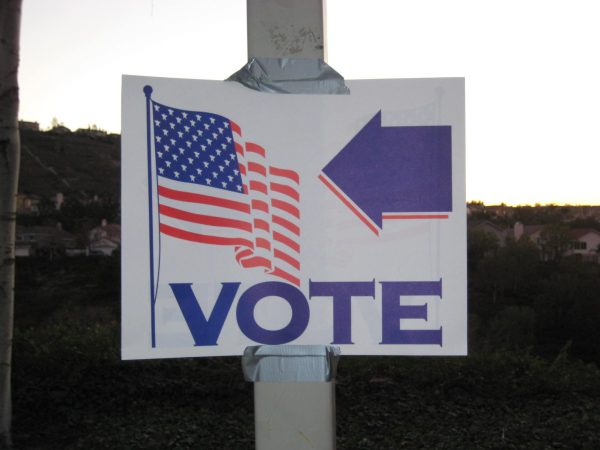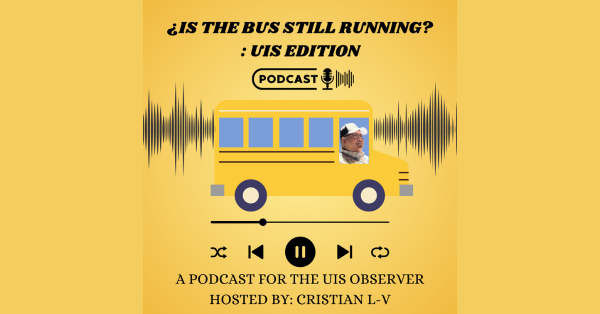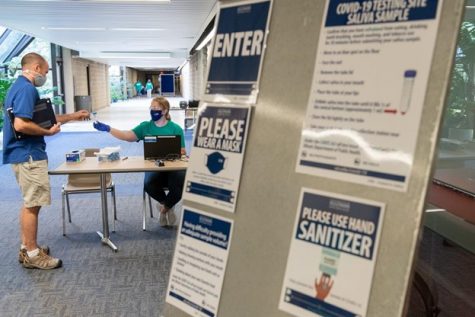We need to talk about chronic pain and opioids

Photograph courtesy of dhs.gov
Imagine this – you are laying in a hospital bed. It feels like an icepick is being hammered into your skull, over and over and over again. Every sensation, every sound, every light, brings a new swell of pure agony. You want to cry but have to fight to keep the tears from coming because you know that they will only bring more pain. Nausea strikes you in waves and you struggle to keep the contents of your stomach down. You have been here before, too many times to count. You know what you need, but you can’t say it outright. You have to dance around it, say it without saying it, so you tell the nurse, “they’ve given me something before, I can’t remember what it’s called, I think it starts with an F.”
You know exactly what it’s called – fentanyl. It’s in your file, and it’s the only thing that consistently helps. You can’t say that though, as the ever-present fear of being labeled a drug-seeker stills your tongue. It doesn’t matter if it’s the only thing that works or what your chart says. More than one doctor has told you – threatened you – that if you ask for it, they’ll mark you as a drug-seeker and no one will ever take you seriously again.
The doctor finally comes in after three hours of waiting, of pain, and tells you that she wants to give you their standard drug cocktail of Benadryl and Reglan. It doesn’t matter that you’ve told them over and over again that the standard drug cocktail doesn’t work for you, that you’ve had it dozens of times and all it ever does is make you sicker. Your friend, the only person they’ve allowed back with you, stands up and says what you wish you could say: “The only drug cocktail that’s worked has been fentanyl and Zofran with fluids.” The doctor kills the notion immediately, saying that fentanyl is not a first-line response. You want to scream at her that you’ve been through all of the first-line responses, and they don’t work. Your friend says almost exactly that, but the doctor doesn’t budge. The unspoken message that you’ll take what she gives you or get nothing hangs in the air. The sense of powerlessness and frustration threatens to overwhelm you, but you acquiesce because there is nothing you can do but hope that the Benadryl knocks you out for at least a brief respite from the pain.
You have just had the smallest taste of what one UIS student went through recently. They suffer from a condition known as Hemiplegic Migraines, a condition that results in periods of extremely intense and debilitating pain. Anyone who refers to it as “just a headache” has clearly never experienced one or sat and watched as someone they care about has suffered through one. The student the above account was drawn from has suffered through dozens of different treatments issued by several different doctors with the intent of either finding a way to prevent the migraines or finding a consistent way to alleviate them when they do happen. As of this writing, no treatment has proven to be universally effective in preventing migraines. Thus, the only thing the student can do is attempt to manage the pain and deal with the migraines when they do occur. The only treatment that has been consistently effective in dealing with the migraines has been fentanyl, administered intravenously.
The problem with this is that fentanyl and opioids like it have been marked as the driving force behind the modern drug epidemic in America. This is understandable in many ways, as opioid overdoses accounted for 50,000 deaths in 2019. Plenty has already been said about the costs of the opioid epidemic and the misconduct of the companies that produce opioids. What is often left out of this conversation is the impact the epidemic and responses to it have had on those who suffer from chronic pain, who truly need pain medications such as opioids just to go about their lives. For as much as opioids have been maligned in recent years, it should not be forgotten that they proliferated as much as they did, at least in part, because there are few alternatives as effective. The crackdown and resulting stigma have made many doctors extremely hesitant to issue opioids in any form – and for those who need them for pain management, this has been a powerful curse. Even worse, sufferers of chronic pain must now live in fear of being labeled as drug-seekers, of having their pain not only dismissed but exacerbated by unwarranted accusations. As said previously, the harsh response to the opioid epidemic is in many ways understandable and even necessary. However, the suffering it has brought upon those with legitimate medical needs cannot and should not be forgotten.









